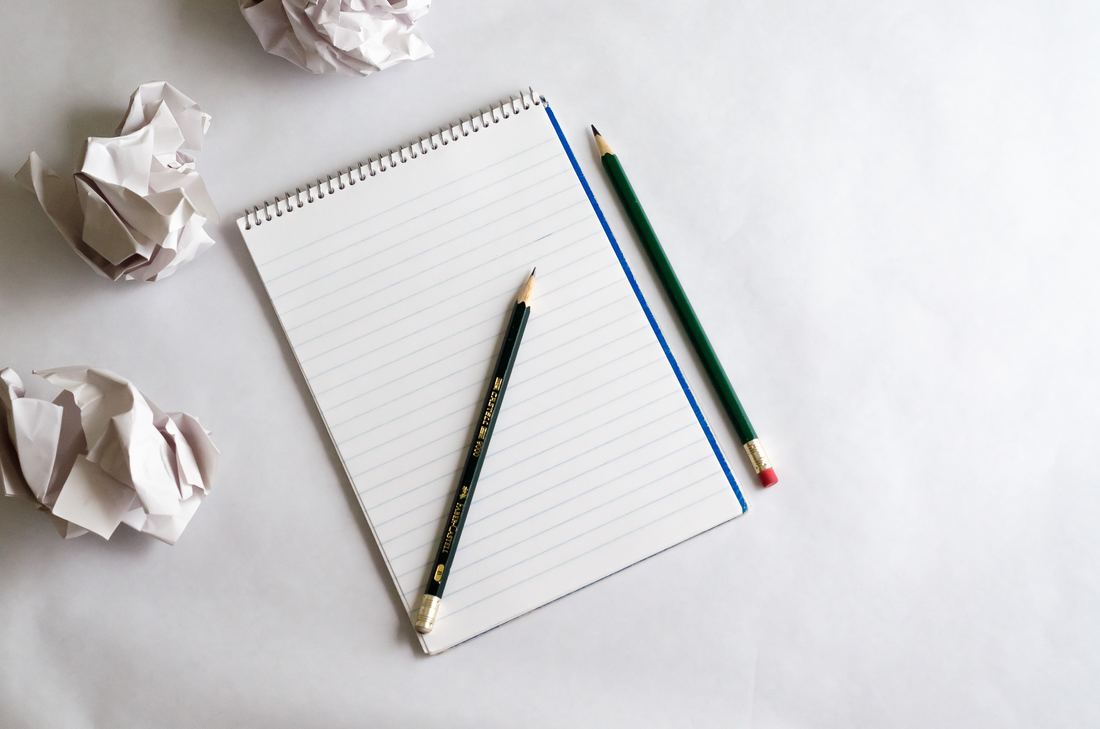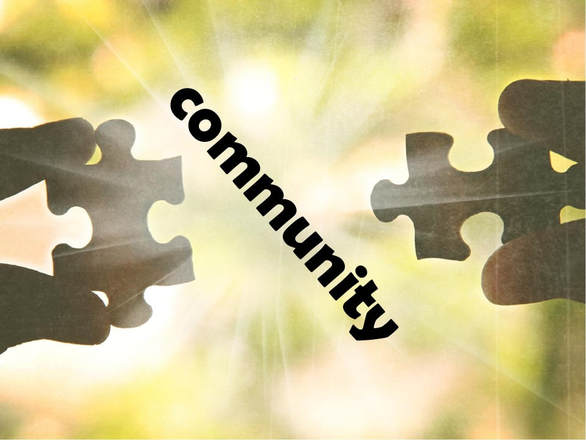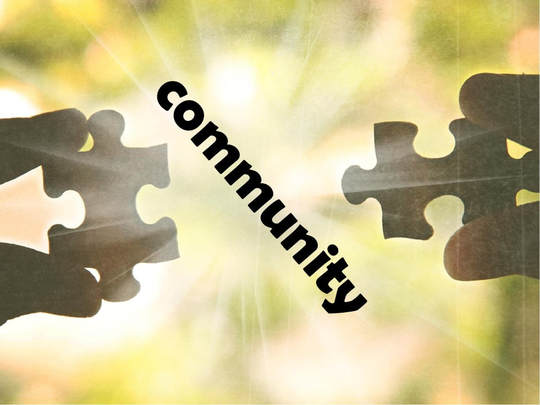I remember the first time I tried to preach on human sexuality. Spoiler alert: it didn’t happen. During an introductory class to Bowen theory, the instructor encouraged participants to define themselves to their congregation. I was a couple of years out of seminary and started to make a shift towards a progressive theology which included views on human sexuality. When I mentioned this to the instructor, they said, “Great! Let’s go with that.”
I couldn’t do it. I felt overwhelmed with just the idea of articulating my belief. The pastor before me was able to do it. But it didn’t go well with the more conservative members. Soon after, they were appointed to another church. Faced with the reality that my effort would stir the same emotional reactivity in the congregation, I chickened out. I’m more confident now than I was back then. I serve a congregation that welcomes and affirms the LGBTQ community. But it took a lot of effort to get where I am today.
I talk to colleagues who feel stuck in their congregations. As the United Methodist Church moves towards schism, clergy feel the pressure to either take sides or say nothing at all. Some clergy are theologically progressive but serve congregations who are either mixed or mostly conservative. They’re reluctant to articulate a progressive theology from the pulpit because they are aware of the conflict. But more than this, they fear that taking a clear position will split their congregation. And even if they don’t say it, judicatory leaders (bishops and district superintendents) feel it, too.
Is it possible to articulate one’s thinking in the face of conflict without escalating reactivity to the point of polarization? Clergy fear what might happen if they do. I’ll never forget one colleague who told me, “this congregation would drop dead if they knew exactly what I think.” The struggle is real.
What drives this problem is a deeply rooted biological and psychological process that motivates groups to be of one mind, to think the same, to act the same, to feel the same, to provide a united front . . . In other words, to function as one unit. “Togetherness is a biologically rooted life force (more basic than being just a function of the brain) that propels an organism to follow the directives of others, to be dependent, connected, and indistinct entity.” (Dr. Michael Kerr) When tensions are high, however, the force for togetherness propels us towards conflict, distance and cutoff. Sometimes, if the anxiety is high enough, some people shut down and are unable to do anything at all. The good news is that we do not have to be at the mercy of the togetherness force. When clergy find the courage to take an “I position” it can lead to more collaboration and cooperation within a congregation. Just the opposite of what people fear will happen.
There is more than one way to work at this. One approach is to get clear about what one thinks. In addition, one needs a good understanding of the process of reactivity that will inevitably follow when one communicates a clearer theological position. Anticipating the reactivity of others, being aware of one’s own reactivity that can get in the way and then planning how to respond to both are key components. There will always be missteps along the way as one learns how to define a self and not react but it’s important to stay the course and adjust as needed without giving up or giving in.
I’m not so naive as to think that this type of effort will magically make everything better. It won’t. But, it will help leaders get unstuck. This is important. We are in this mess of schism because too many leaders in the denomination are stuck in their reactivity. When done well, having a clear belief is accompanied by the realization that one does not need to convince others nor defend a position. One is free to respect the beliefs of others and be curious about their thinking. Conflicts are often fueled by just the opposite: a lack of real clarity about one’s beliefs and the inability to respect the beliefs of others. My hunch is that, despite our differences, leaders and congregations can shift out of polarized positions if leaders are willing to do the challenging work of thinking for themselves while respecting the thinking of others.










 RSS Feed
RSS Feed